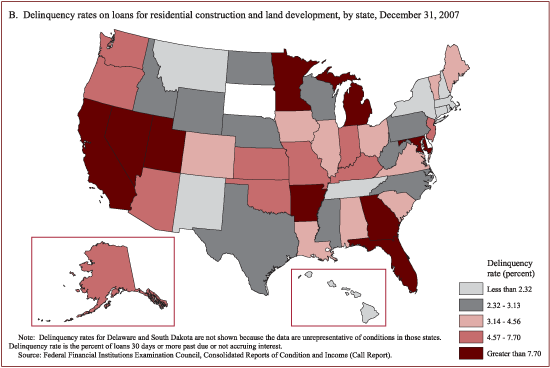Prompt payment of debt can build trust with financial institutions. A pair of men, in coordination with a third, managed to use this trust model to build profiles for fictitious identities and achieve $500,000 in credit in just one year. They then spent all the credit without any intention of paying it back. They almost got away with it for longer.
It started with a Dentist’s office employee who extended the two men loans and then reported their payments to Experian. He was the inside connection — the tip of this trust iceberg.
According to the government complaint filed in California federal court, which summarized the investigation, the brothers, along with Hyde, made up hundreds of fake social security numbers to establish false identities. The men then began reporting loan information and on-time payments for fictitious dental services to Experian.
Once the fake credit profiles had high credit scores, the men opened credit cards and took out loans, fooling issuers like Bank of America (BAC, Fortune 500), Capital One (COF, Fortune 500), Wells Fargo (WFC, Fortune 500), US Bank (USB, Fortune 500), Chase (JPM, Fortune 500) and Discover (DFS, Fortune 500). In all, the government estimated that the men duped at least 21 financial institutions.
They were caught because their fictitious identities became too hard to believe (loans too large for dental work were not geographically dispersed), which led someone at Experian to investigate and notify the FBI. Hindsight is 20/20 but the article suggests that if they had asked for smaller loans over a longer period they would have gone unnoticed. We also could probably guess that if they had pulled $500K in a year and skipped town instead of buying fancy, flashy cars they also would not have been caught.
The case illustrates that while some basic controls you might expect (SSN verification) seem to not be in place, other more sophisticated controls are working (e.g. geographic visualisation by loan amount and industry). Maybe it looked something like this, but in 3D and controlled by waving hands in the air at a bank of large flat screens.
It also shows how an industry’s chain of trust can suffer from numerous weak links and unclear responsibilities.
